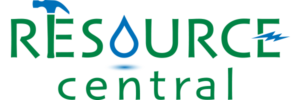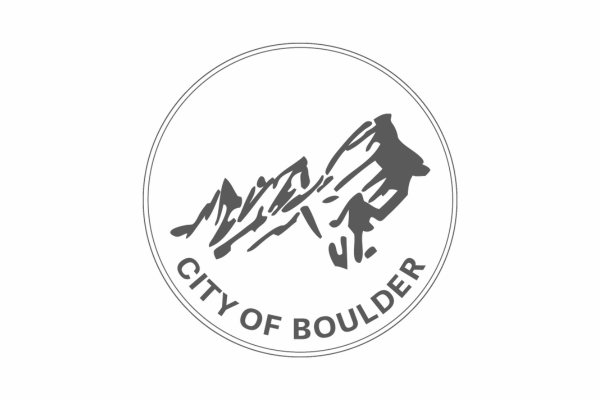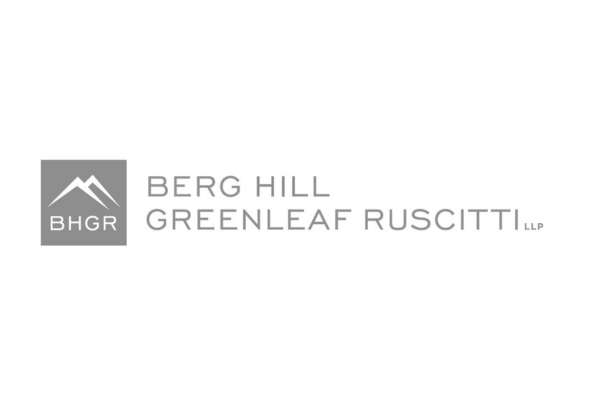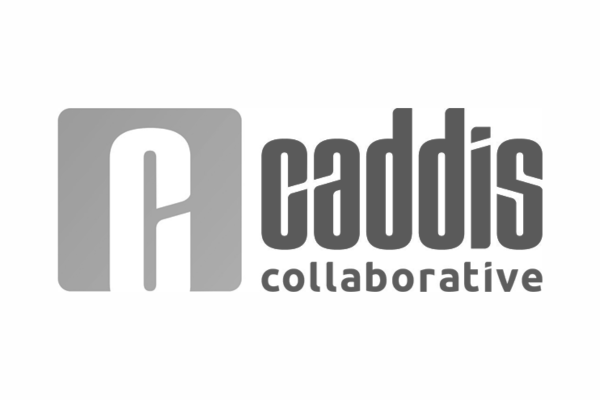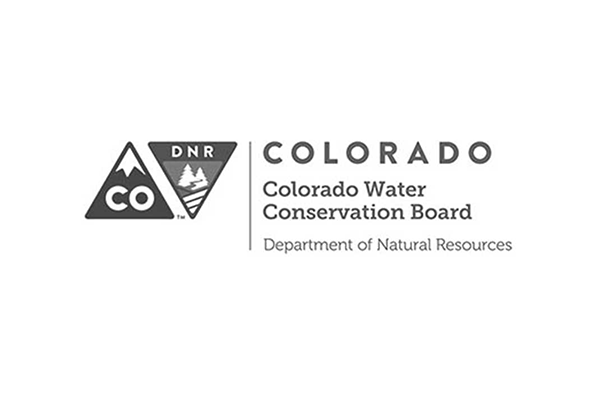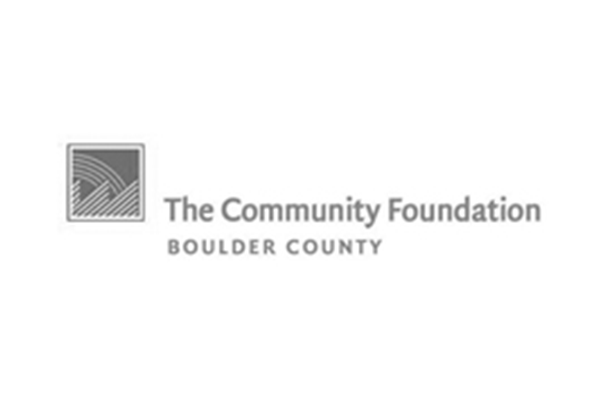Ask Miss Jean!

Jean Lovell, long-time Resource Central volunteer and former master gardener, tackles your gardening questions!
Submit your question(s) for Miss Jean to: GardenInfo@ResourceCentral.org
Q: What is the difference between pruning and deadheading?
A: Both are important measures to keep plants healthy and looking good. Simply put, deadheading is the removal of faded or dead flowers and pruning is the removal of dead or overgrown branches or stems.
Deadheading
Deadheading is a simple tool to keep your garden looking fresh and blooming colorfully through the growing season. The practice can make your plants hardier and prevent seed formation – a handy tool against aggressive self-sowers. While you can let it go for a couple of weeks, a pleasurable walk in the garden every day or two with scissors and a basket keeps it more under control.
A few “How To’s”…
1 Never leave just a bare stem.
2 Use a hand-pruner or pinch with your fingers.
3 Shear the top 1/4 to 1/3 of plants with numerous tiny flowers.
4 For plants with strong stalks, like irises and day-lilies, remove spent flowers with scissors or hand pruner, then remove the stalk at the base when blooming is complete.
Click here to learn more about the “how’s” and the “why’s” of deadheading.
Pruning
Pruning ranges from fairly simple to complex; it modifies both the growth and shape of plants. The goal is to remove old, no longer useful wood with minimal impact on new growth. The term is primarily applied to trees, shrubs, and vines. Proper pruning should not be noticeable and requires close attention. Make sure to check what the plant needs before starting.
The rule of thumb is to think twice, cut once, and watch carefully; step back after each cut to get an overall look at the plant. Leave the pruning of large trees, high or large branches, or nearby power lines to qualified tree care professionals who have the proper equipment. By knowing your plant, its purpose, and especially when it blooms, you will be able to prune it correctly.
Click here to learn more about pruning and what tools to use.
Click here for plant specific pruning instructions.
Garden Tool of the Month: Digging Tools
Particularly with heavy-duty tools it pays to get the best quality you can afford. When buying your tools, make sure it feels comfortable in your hands and easy to manipulate. Long handles (to shoulder height or higher) provide more strength but can break easily. Short handles are cheaper and good for small workspaces, but they can increase the potential for back strain. Regardless of fit, the best tools are forged from a single piece of metal.
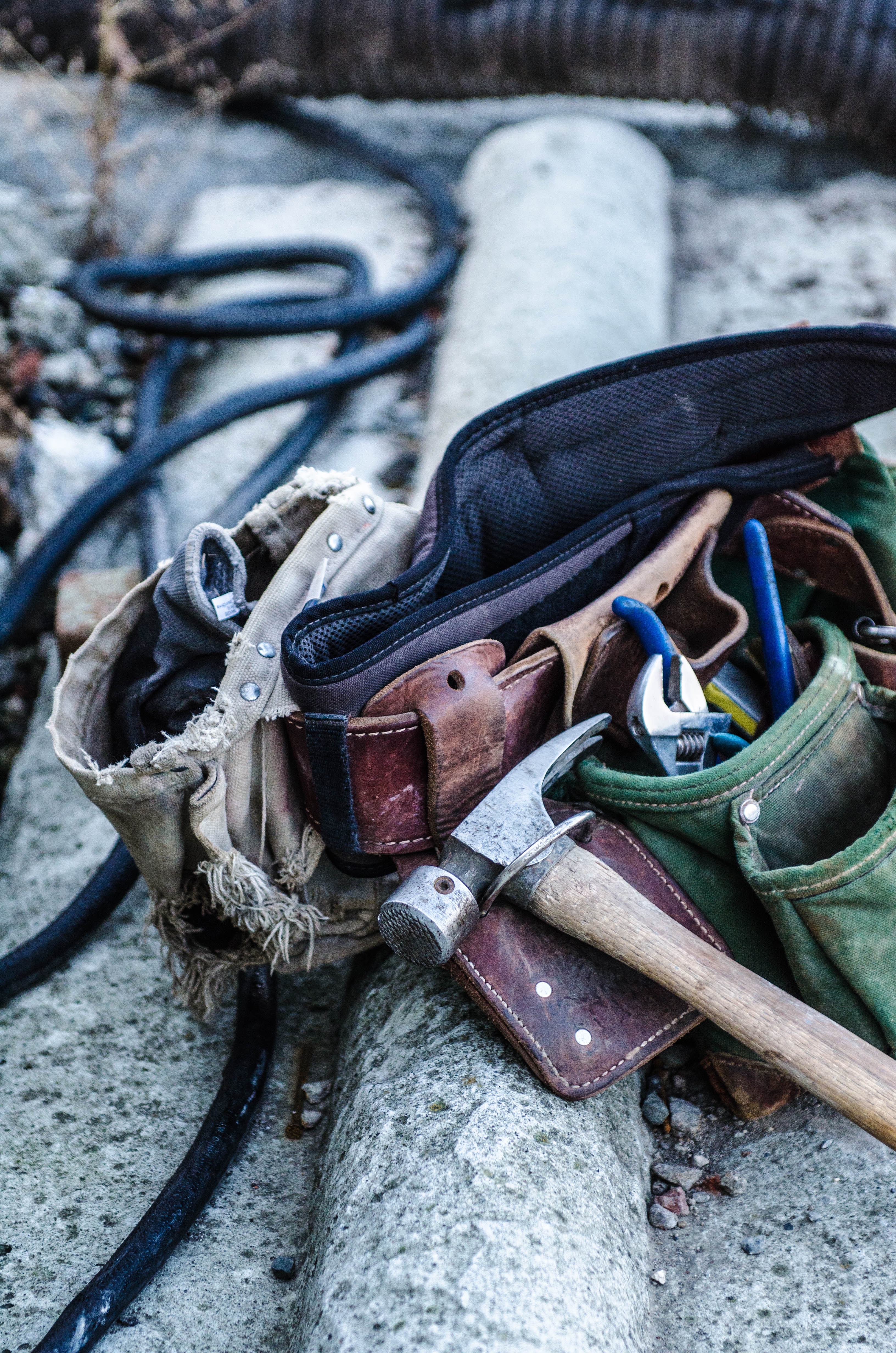
Garden (or spading) Fork
* Four wide, flat, sharp blades
* Excellent for turning soil and dividing perennials
Spade
* Flat, sharp blade with straight edge
* Good for creating straight edges, turning soil, and mixing in nutrients
Shovel
* Used for scooping up and moving loose materials
* Sometimes, the words spade and shovel are used interchangeably
Pick
* Sharp blade is a must
* Flat blade breaks up clods and small rocks
